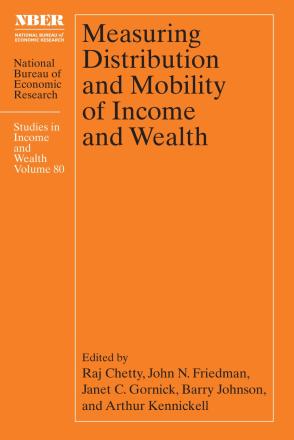

One of the most significant shifts in the study of inequality is a growing appreciation of geographic inequality, specifically inequality across the 50 US states. We assess the role of state governments in social policy provision, directing attention to the consequences of policy decentralization. Using unique data from the State Safety Net Policy (SSNP) dataset which consists of comparable indicators of state-level social provision, we examine the magnitude of cross-state variation in the generosity of benefits and the inclusiveness of safety net provisions. We find substantial inequality across states in social provision. We find that this cross-state inequality is larger in programs that allow for higher levels of state discretion. Finally, we find that when accorded these higher levels of discretion, states with substantial Black populations use this discretion in ways that limits the generosity and inclusiveness of social provision. These findings demonstrate how cross-state policy variation can contribute to, and exacerbate, consequential racial disparities in economic security.
Acknowledgements and Disclosures
We would like to acknowledge two institutions for developing and disseminating data and/or analysis tools that enable us and other researchers to study low-income households in the United States. We acknowledge IPUMS-CPS, for providing harmonized CPS microdata; and the National Center for Children in Poverty (NCCP), for providing information that allowed us to generate our state-level income tax measures. We would also like to recognize Marcia Meyers for her vital contributions to the development of our policy dataset – the State Safety Net Policy (SSNP) dataset – and to the larger project that sparked this paper. We also thank David Johnson, and participants of the NBER CRIW workshop for providing insight commentary and suggestions for the analyses. All errors are our own. The views expressed herein are those of the authors and do not necessarily reflect the views of the National Bureau of Economic Research.